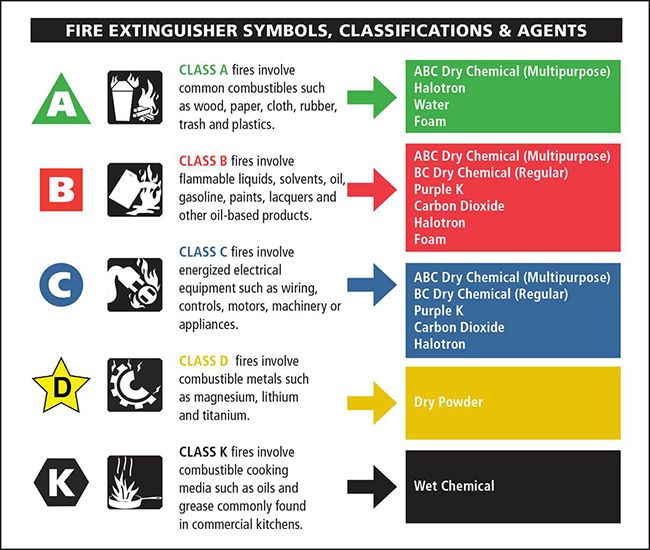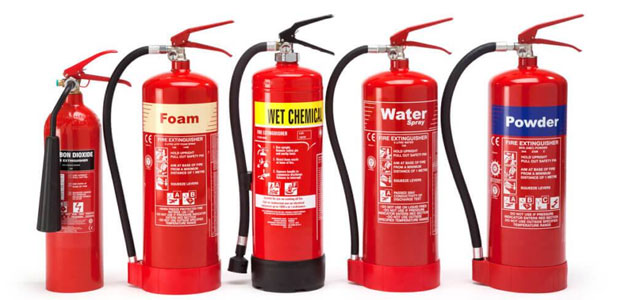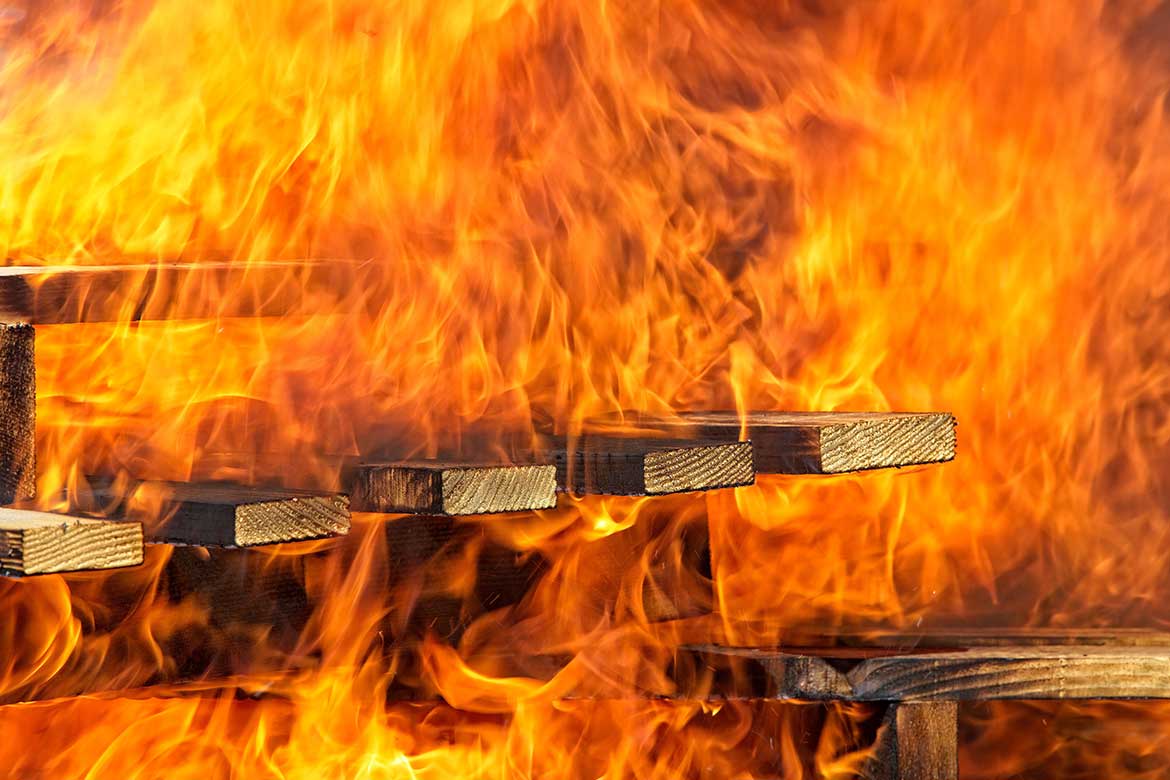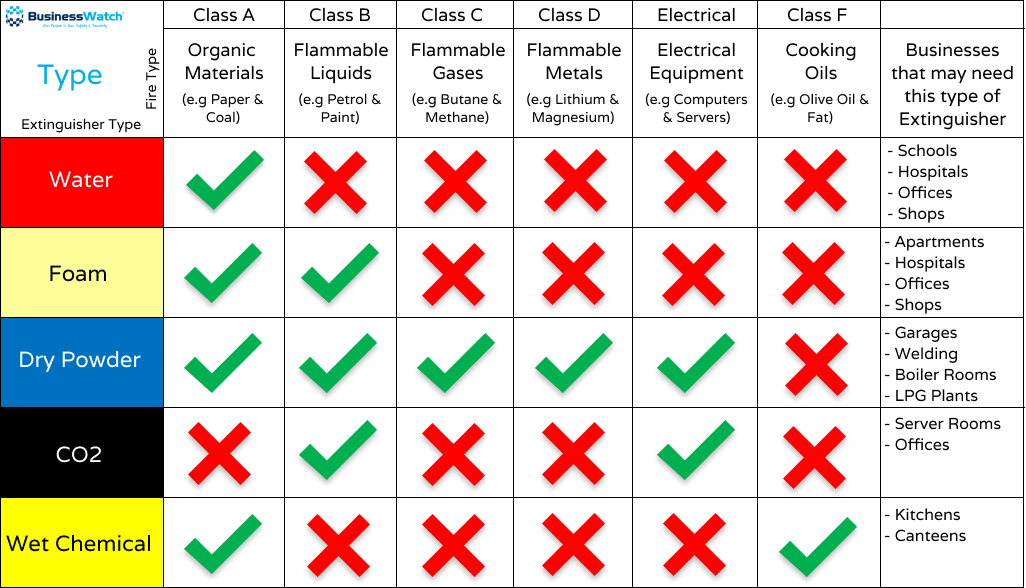class b fire definition
Any of the following may be the fuel source for a Class B fire. Flammable liquids such as alcohol ether oil gasoline and grease which are best extinguished by smothering.

Types Of Fires Kidde Fire Safety
CLASS B FIRE meaning - CLASS B FIRE definition - CLASS B FIRE expl.

. Reaction to Fire and Structural Integrity. The class contains flammable liquids and gasses. These are the no flashover materials.
Electrical equipment appliances and wiring in which the use or a nonconductive extinguishing agent prevents injury. B it is designed so that the average temperature on the unexposed side does not rise more than 140C above the original temperature. Class B- 0.
The volatility of the fuel source makes them more difficult. Testing for flame spread rating involves burning materials under controlled conditions and measuring the speed and extent of flame spread. Class B fire means a fire involving flammable or combustible liquids flammable gases greases and similar materials and some rubber and plastic materials.
They are caused by energized electrical elements such as damaged power cors or overloaded electrical outlets. That normally do not leave any embers or residues or very low amounts of residues. Class B fires are not really different from other fires in that they have the same basic fire tetrahedron elements.
B Class Divisions fire divisions B Class divisions are those divisions formed by bulkheads decks ceilings or linings which comply with the following criteria. A product must be also be classified as a Class 1 building material for BS 476 - 71997. In this blog read on to learn just what exactly constitutes a Class B fire what types of extinguishers qualify as Class B fire extinguishers and to better understand what a Class B fire extinguisher can be used for.
In addition under conditions of a fully developed fire these products will not significantly contribute to the fire load and fire growth. The class is always combined with an additional class for smoke s and burning droplets d. The product must first meet the fire propagation requirements as outlined in BS 476-61989A12009.
These measures are concerned with. Materials with Class A Flame Spread Rating are those that. A fire caused by flammable or combustible liquids and gases oil gasoline.
Flammable Liquids and Gases. Reaction to Fire - Retardancy. A Class C fire is a fire that involves electrical equipment electrical appliances or electrical wiring.
A They are to be so constructed as to be capable of preventing the passage of flame to the end of the first half hour of the standard fire test. Class B Fire Division. In order to have a fire you need fuel oxygen heat and a chemical reaction.
In the United States all flammable liquids and gases are Class B. Class B fire refers to a fire involving flammable liquids such as petroleum gasoline kerosene petrol diesel octane etc paint alcohol solvent oil and tar etc. A2 Satisfying the same criteria as class B for the SBI-test according to EN 13823.
Most of these liquids have a high carbon content and the compounds in them and are highly combustible. What does CLASS B FIRE mean. Knowing about the fire classification of the cladding materials is important.
They are the combustible materials that can have some contribution to the fire in your building. Dry chemicals and carbon dioxide are typically used to extinguish these fires. B class divisions are those divisions formed by bulkheads decks ceilings or linings which comply with the following criteria.
Flame spread rating is calculated by the distance a flame travels across a material divided by the amount of time it takes to travel that distance. Ordinary solid combustibles such as paper wood cloth and some plastics. They can also involve gasses like propane and butane.
There are four classes of fires. The volatility of the fuel source makes them more difficult. Class B fires designation symbol is a red square mostly involve flammable liquids like gasoline oils greases tars paints etc and flammable gases.
1 week ago Jan 08 2020 Class B fire refers to a fire involving flammable liquids such as petroleum gasoline kerosene petrol diesel octane etc paint alcohol solvent oil and tar etc. That normally do not leave any embers or residues or very low amounts of residues. Blanketing with O2-deprivation eg CO2 dry chemical or foam.
As alluded to above Class B fires are ones in which flammable liquids andor gases become involved. Reaction to Fire Retardancy is the measurement of the ability of a material to resist or prevent the passage of fire from one area to another. Most of these liquids have a high carbon content and the compounds in them and are highly.
The only difference is the fuel. It is one of the five classes of fires along with A B D and K. They are constructed of approved non-combustible materials and all materials used in the construction and erection of B class divisions are non-combustible with the exception that combustible veneers may be permitted.
FEMAL states that Class B fires are often fueled by materials such as gasoline petroleum gasses tars oils oil-based paints solvents and alcohols. The fuel for a Class B is a combustible gas or liquid. 2012 Farlex Inc.
What Are Class B Fires. Because ordinary combustibles are so common in house fires authorities usually recommend that you get a fire extinguisher that includes at least an AB rating Most common fire extinguishers are class ABC. They have very limited contribution towards the fire.
In addition the temperature at any single point shall not rise more than 225C above the original temperature within the following timeframes. What Are Class B Fires. Class B Class B fires involve flammable liquids like gasoline alcohol diesel or oil not cooking oils.
To achieve a Class 0 Fire Rating products must meet specific British Standards and pass a series of tests designed to test flame spread and propagation. Reaction to Fire structural Integrity is the measurement of how a material will. B Fire Rating Cladding Classification.

The Five Classes Of Fires And The Fire Extinguishers That Stop Them Strike First Usa

The Five Classes Of Fires And The Fire Extinguishers That Stop Them Strike First Usa

Fireade 16 Oz Fire Suppression Units 2 Pack Fire Suppression Fire Extinguishers Firefighting Foam

The Abcs Ds And Ks Of Fire Extinguishers Occupational Health Safety

Classification Of Fire And Hazard Types As Per Nfpa Enggcyclopedia

The 6 Types And Classes Of Fire And How To Attack Them Haspod

Abcs Of Fire Extinguishers Fire Prevention Services The University Of Texas At Austin

Safety And First Aid Class 5 Worksheet Safety And First Aid First Aid Classes First Aid

The Heat That Causes A Change In Temperature In A Body Or Thermodynamic System With No Change In Phase Is Called Sensible Hea Nature Images Sensible Heat Fire

Find Out What The Symbols On Your Fire Extinguisher Actually Mean Foremost Promotions

Automatic Fire Extinguisher Ball With Wall Mount Bracket Conclude Environmental Harmless Dry Powder Fire Extinguisher Automatic Fire Extinguisher Extinguisher

What Are The Different Types Of Fire Extinguishers Uk Businesswatch

The 6 Types And Classes Of Fire And How To Attack Them Haspod

The Types Of Fire Extinguishers Classifications Water Foam Co2

Find Out What The Symbols On Your Fire Extinguisher Actually Mean Foremost Promotions

What Are The 5 Different Classes Of Fires Vanguard

Click On The Image To View The High Definition Version Create Infographics At Http Venngage Com How To Create Infographics Asd Infographic

